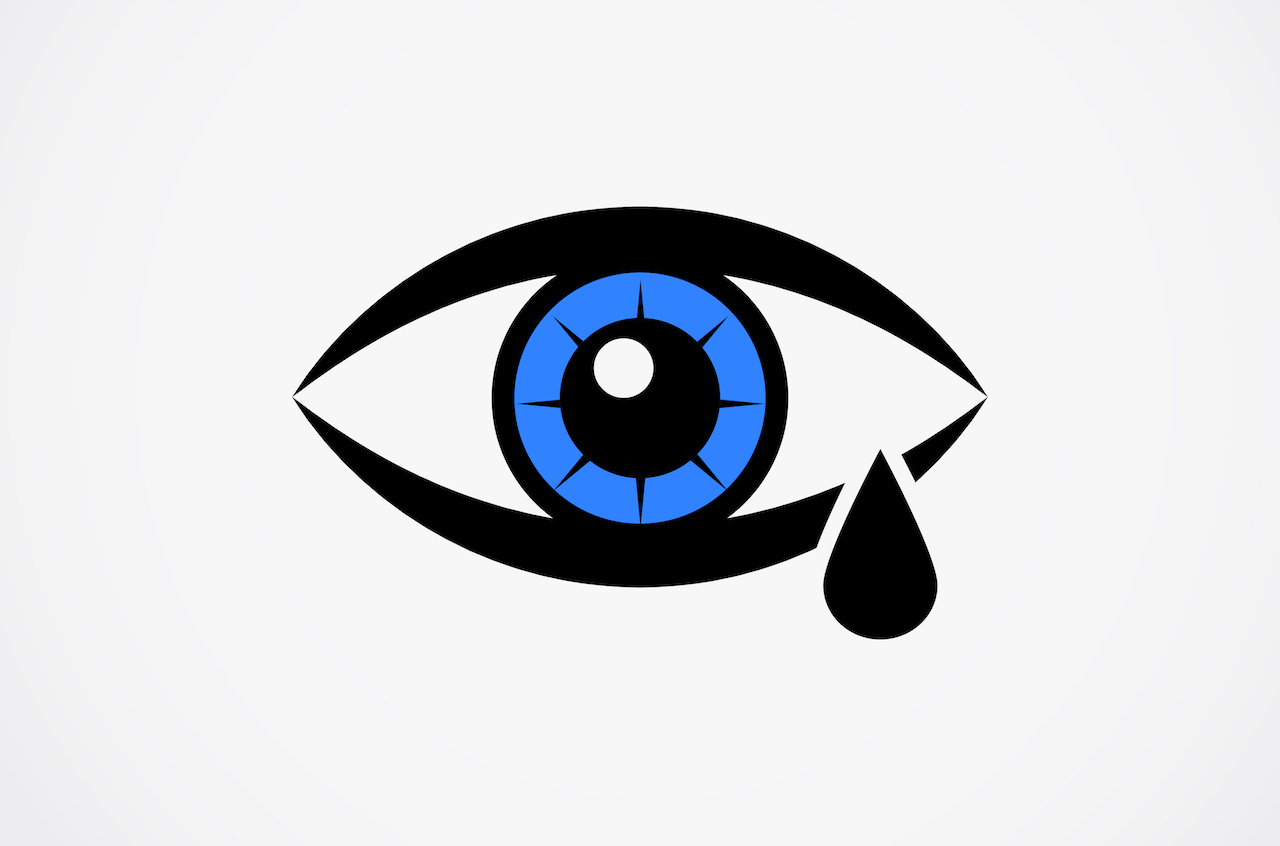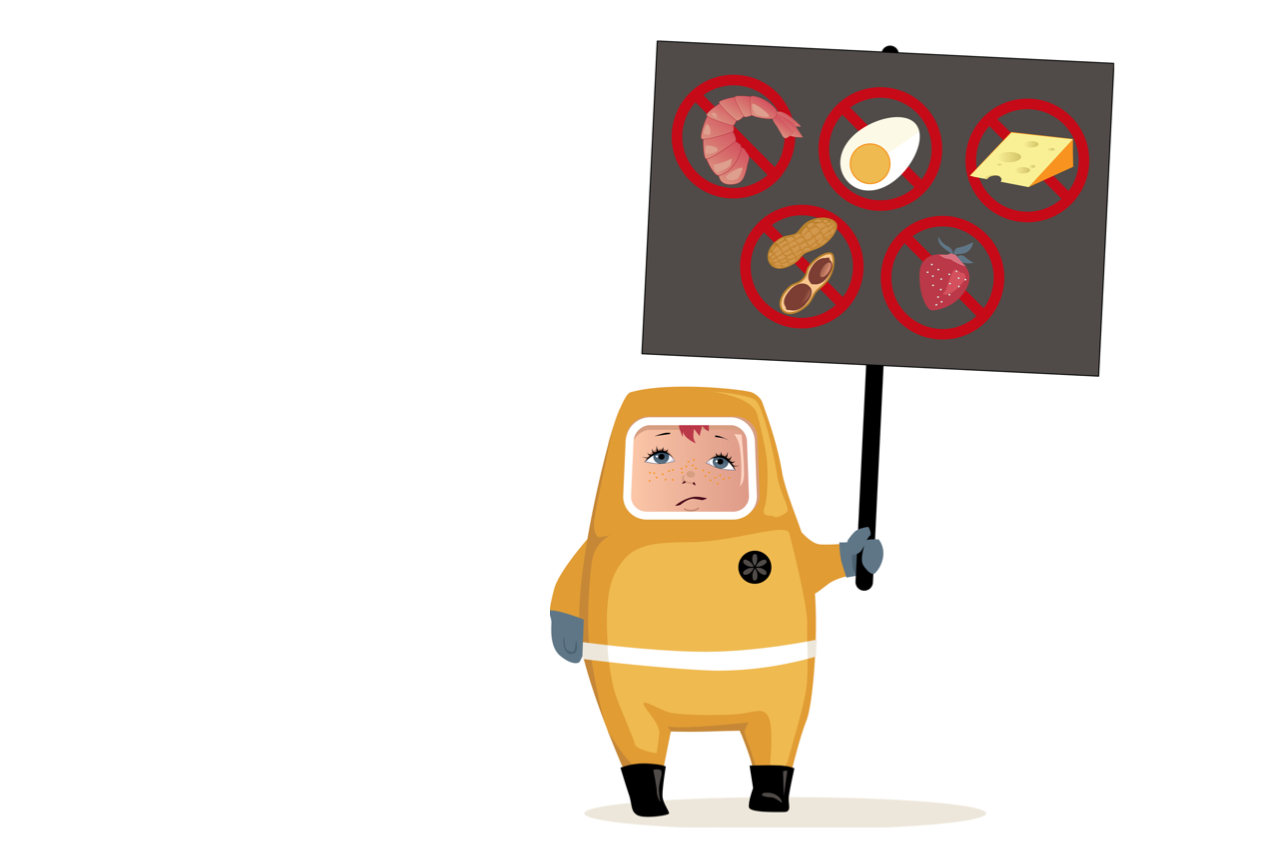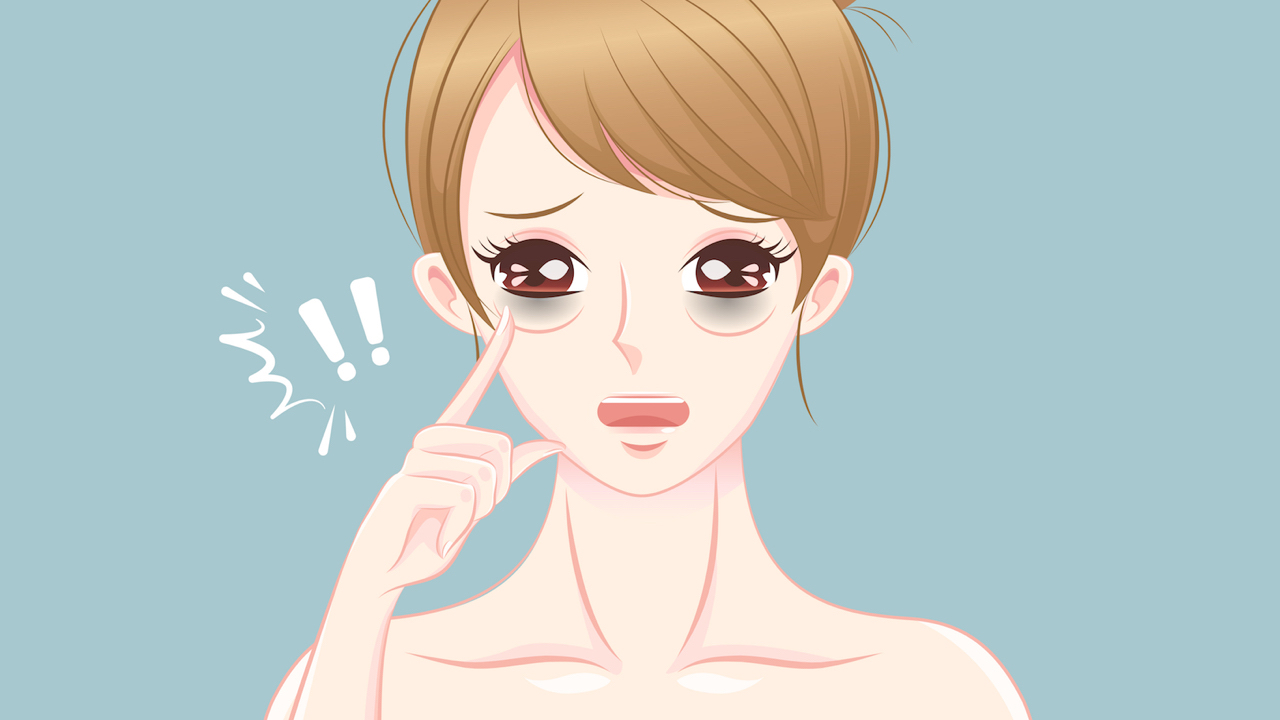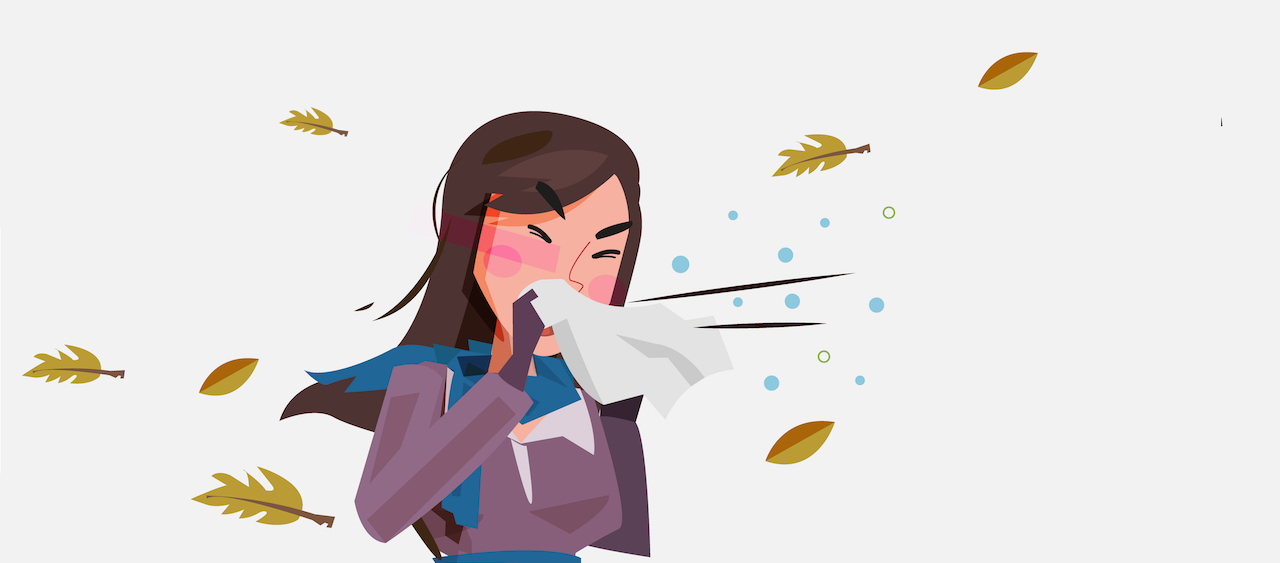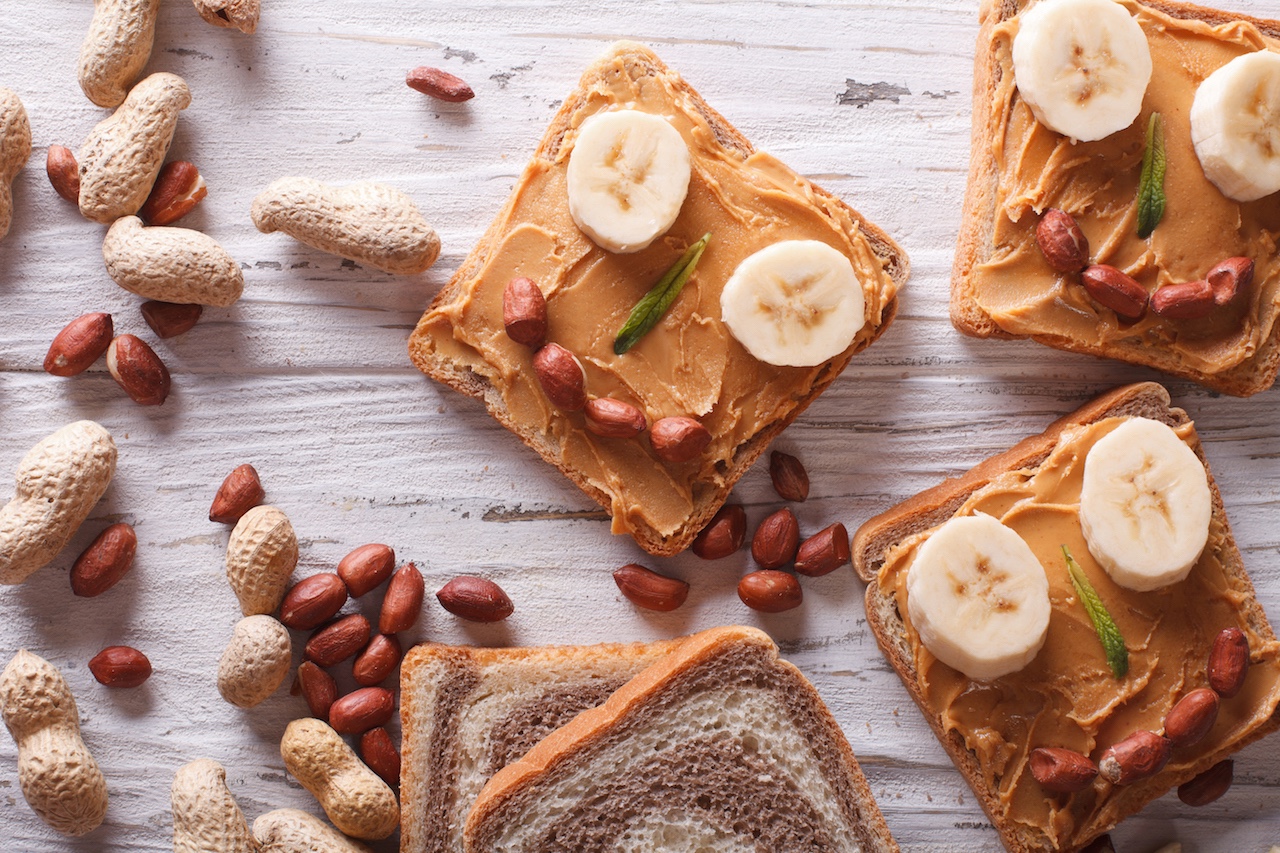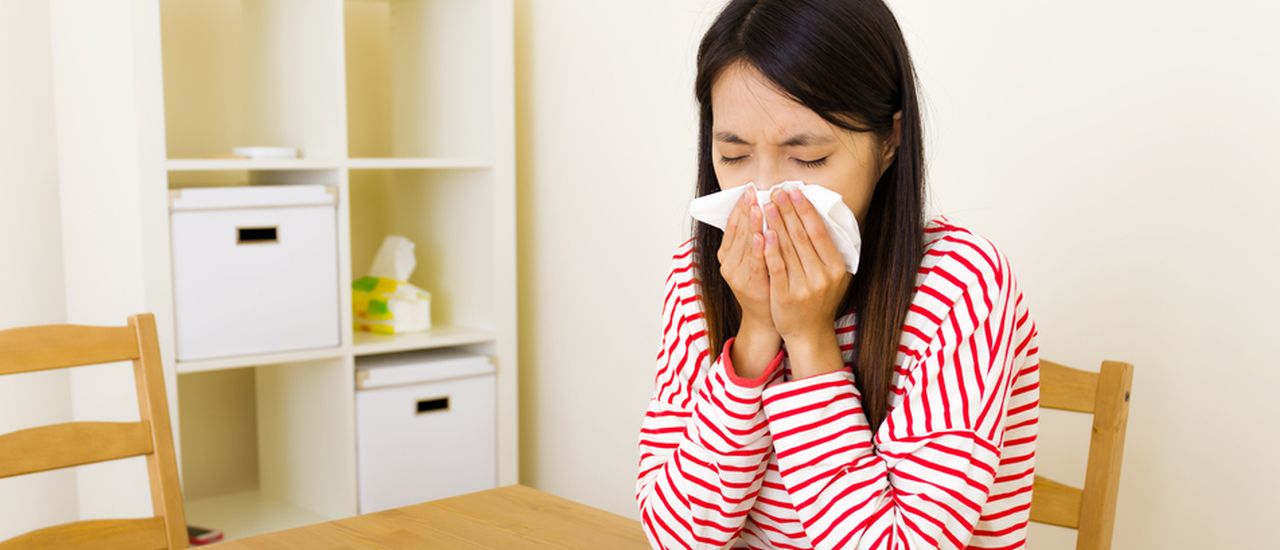Your eyes are watering again! Is it the wind, allergies, or something else? Here’s what you need to know.
Tears have different functions in your body: they keep your eyes lubricated, wash away dust and help with emotional release when you cry. They are an important part of your immune system and help protect against infection.
There are glands under the skin of your upper eyelids called lacrimal glands, which produce tears made of salt and water.
When you blink, tears spread to keep your eyes moist. Some of the glands produce oils that keep your tears from evaporating too fast, or spilling out of your eyes.
Tears drain down small holes called canaliculi, found on the inner side of the eye into a tear sac. They will then flow into a channel called the tear duct, inside your nose.
When you produce too many tears, your tear ducts become overwhelmed. This causes watery eyes. If your tears don’t have the right balance of water, salt and oils, your eyes can become too dry. The resulting irritation makes your tear ducts overproduce tears, making your eyes watery.
Teary eye culprits
- Blocked tear ducts (when a tear duct can’t open and tears can’t drain from the eyes properly).
- The common cold.
- Dry eyes (decreased production of tears).
- Substances in your eye.
- Ingrown eyelashes (triachiasis).
- Pink eye (conjunctivitis).
- An eye injury like a scratch or having something in your eye (small stone, an eyelash or dirt).
- Ectropion (when your eyelid turns outwards).
- Hay fever (an allergy caused by pollen or dust).
- If your eyelashes are too long, they may irritate your eyes, causing them to tear.
Remedies for watery eyes
Watery eyes usually subside without treatment but if it’s chronic, there are ways to treat it.
- Over-the-counter eye drops.
- Treating the allergies that make your eyes watery.
- A warm, wet towel placed on your eyes several times a day to will help with blocked tear ducts.
- Regular breaks from reading, using your Smartphone, watching TV, or using the computer.
Prevent watery eyes
- Keep your eyes protected from sunlight with sunglasses, goggles or a wide-brimmed hat.
- If you have allergies, stay away from allergens like pollen and take an antihistamine at least thirty minutes before entering an environment with allergens.
- Don’t rub your eyes if they become itchy or irritated.
- Wash your hands regularly to get rid of germs.
- Keep make-up brushes sterilised and don’t share items like eye-drops, make-up brushes or bedding.
Good to know
If you have other symptoms like reduced vision, pain or swelling around the eyes and a feeling that something is in your eyes, then you should see your doctor. If you have a blocked duct, it’s important to talk to your doctor as it may fill with fluid, become swollen, inflamed and infected.
References:
- https://www.eyeinstitute.co.nz/About-eyes/A-to-Z-of-eyes/Symptoms/Watery-Eyes
- https://www.mayoclinic.org/symptoms/watery-eyes/basics/causes/sym-20050821
- https://www.eyehealthweb.com/watery-eyes/
- https://patient.info/health/watering-eyes-epiphora
- https://www.webmd.com/eye-health/tc/blocked-tear-ducts-topic-overview#1

